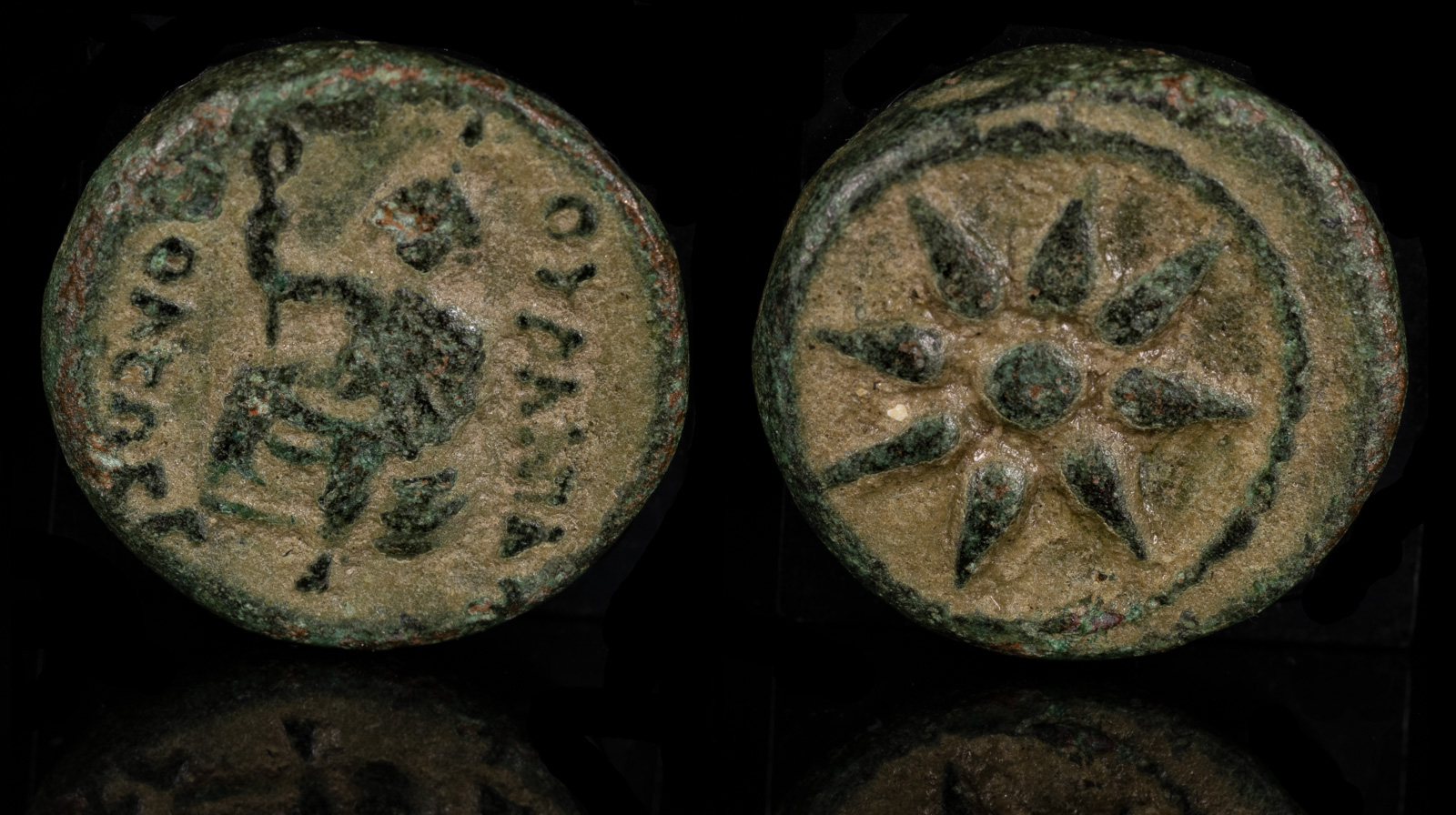Aphrodite
View All Tags
Aphrodite’s origin is somewhat complex and varies across different sources. One of the most well-known accounts of her birth comes from Hesiod’s “Theogony”, where she is said to have emerged from the sea foam (aphros) after Uranus was castrated by his son Cronus. This birth, linked to the primal elements of the sea, symbolized her deep connection to both the chaos of nature and the order that love could bring. Other myths, like those found in the Iliad, suggest that Aphrodite was the daughter of Zeus and the Titaness Dione, placing her among the central Olympian deities.
Aphrodite’s duties were not confined to mere romantic love but extended to aspects of beauty and the power of attraction. She was often invoked in matters of marriage and fertility, with mortals and gods alike seeking her favor to enhance their beauty or secure a favorable union. Her role as a goddess of fertility also made her an important deity for women, particularly in relation to childbirth and the propagation of the family. Aphrodite’s influence could also be seen in the realm of art and aesthetics, as her association with beauty often placed her at the center of artistic creation, with many Greek statues and works of art depicting her in idealized forms.
Her duties also extended to the relationships between gods and the mortal world. Aphrodite had a significant role in many of the mythological tales involving love and desire. One of the most famous stories in which Aphrodite plays a central role is the myth of Paris and Helen, where she promises Paris the love of the most beautiful mortal woman, Helen, in exchange for the golden apple during the Judgment of Paris. This event, which led to the Trojan War, highlights Aphrodite’s power not only over the hearts of mortals but also over the course of history, as her influence over love and beauty had far-reaching consequences.
Aphrodite also had a complicated family dynamic. She was married to Hephaestus, the god of craftsmanship and fire, but she had many affairs, the most famous of which was with Ares, the god of war. This paradoxical pairing of love and war exemplifies the tension in her nature, where beauty and passion could both inspire creation and destruction. Her children included Eros (the god of love), Harmonia (the goddess of harmony), and Aeneas, the hero of the Trojan War who became a key figure in Roman mythology.
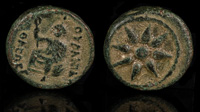
Alexarchos 300 BCE
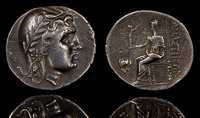
Amastris 285-250 BCE
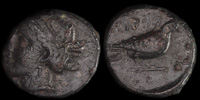
Echetimos of Paphos, early 4th century BCE

Evnostos of Soloi, ca 310 BCE
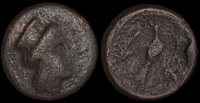
Kassope, Epeiros 342-325 BCE
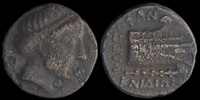
Knidos, Caria 300-200 BCE

Knidos, Caria 350-320 BCE
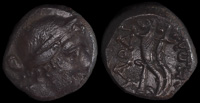
Laodikeia ad Lycum, Phrygia 158-138 BCE
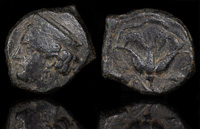
Nikokles of Paphos 350-320 BCE
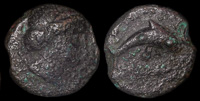
Nisyros, Islands off Caria 4th-3rd cent BCE

Olbasa, Pisidia 235-238 CE
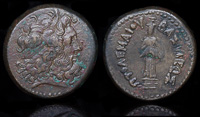
Ptolemy III Euergetes 246-222 BCE
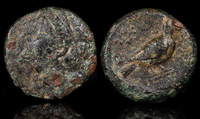
Timarchos of Paphos 360-312 BCE
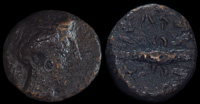
Timocharis of Marion 350-332 BCE
